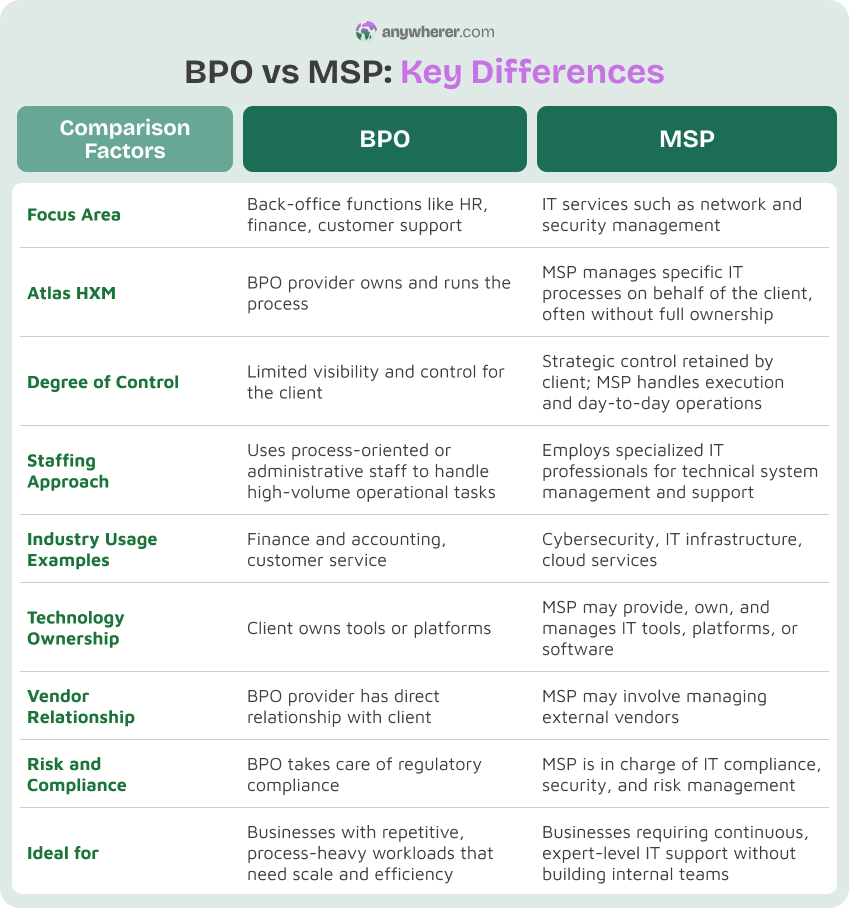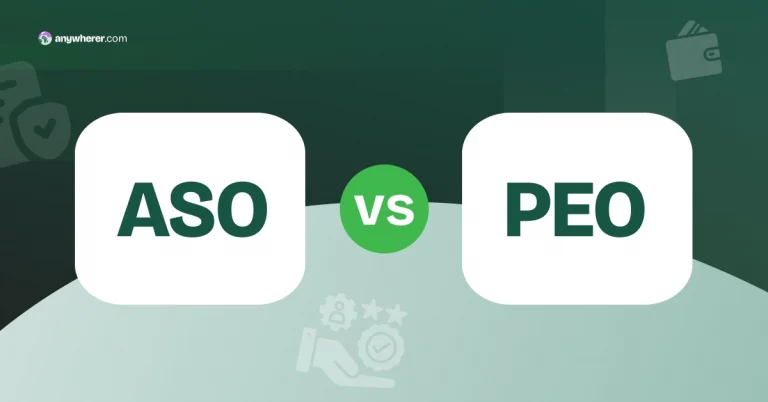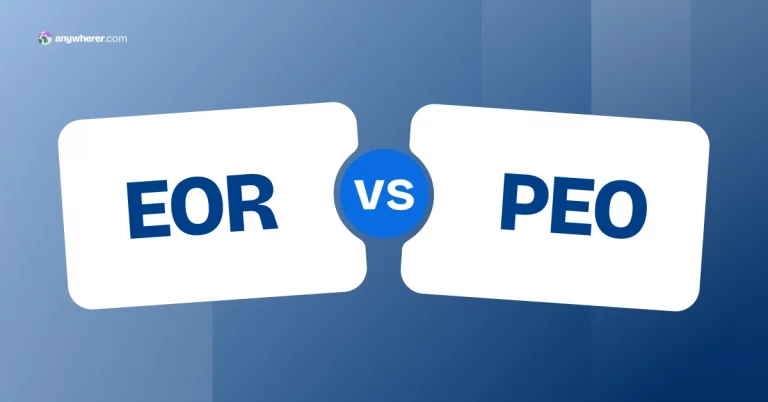Business Process Outsourcing (BPO) and Managed Service Providers (MSP) both involve contracting out key business functions to third-party vendors. However, they vary in some functions. In this article, we’ll discuss the difference between business process outsourcing and managed services, their key advantages and how they can be beneficial for businesses.
BPO Model: Everything You Need to Know
First, let’s discuss what is business process outsourcing.
BPO Definition
BPO is a business method wherein core business functions, such as HR management, payroll, and customer support, are outsourced to external service providers.
BPO is ideal for businesses that want to bring in an external team to manage specific business operations. For example, some companies choose to outsource their customer service operations, freeing up their resources and enabling them to focus on strategic initiatives.
Key BPO Functions

Accounting
Payroll Management
Hiring and Onboarding

Customer Support

Telemarketing

Data Analytics
BPO Model Cost
The cost of BPO typically depends on factors such as the complexity of the tasks, the provider’s location (onshore, nearshore, or offshore), and the type of services offered. Pricing models usually have fixed monthly rates or are paid per task or per hour.
On average, companies can reduce operational costs by 15% through BPO, especially when outsourcing routine or high-volume processes. These savings are largely driven by reduced labor costs, streamlined workflows, and the ability to scale services efficiently.
Understanding MSPs: A Simple Guide
Managed services provider definition refers to an outsourced company that offers specialized expertise and skillset. Typically, MSPs provide a range of IT services, including networking, connectivity, data backup, and recovery. By taking advantage of MSP’s capabilities and industry knowledge, businesses can save on costs associated with having a dedicated IT team working in-house, along with the technology, tools, and other required resources.
MSP Definition
Managed service provider (MSP) is an outsourced company providing IT infrastructure and end-user system management for businesses.
Key MSP Functions

IT Infrastructure Management

Network Monitoring

Data Security

IT Support

Backup and Recovery

Cloud Services and Management
MSP Model Cost
MSP’s pricing is usually calculated based on the services they offer and the required resources that a company needs. Here are some examples of the most common MSP pricing models.
- Per user: A flat rate per user for IT support services.
- Per device: Charges are based on the number of managed devices.
- Tiered: Pricing varies based on service complexity.
- Usage-based: Charges are based on storage, bandwidth, or support hours.
- All-inclusive: Fixed monthly or annual rate, covering end-to-end IT solutions.
Take a closer look at the table below to identify the key differences of managed services vs business process outsourcing:

A Closer Look at Managed Services vs BPO
BPO and MSP are both effective models that help companies in various business functions, but here are their key differences:
- Scope and operational focus
BPOs are usually in charge of the entire business processes across departments (like payroll, HR or customer support). They operate on a much wider scale when it comes to ensuring that the business runs smoothly and efficiently.
BPO: Scope and Operational Focus
Workforce Oversight
Vendor Management
Service Delivery Model
Manages outsourced operational teams
Not vendor-focused
Process-based outsourcing focused on operational efficiency and scalability
Meanwhile, MSPs are usually focused on the ongoing management of a specific IT service or capability. For instance, some businesses hire MSPs to help them monitor networks, servers, and devices and easily detect and resolve potential issues.
MSP: Scope and Operational Focus
Workforce Oversight
Vendor Management
Service Delivery Model
Manages contingent workforce
Coordinates other IT-related vendors and suppliers
Outsourcing focused on managing infrastructure, applications, and support
- Talent infrastructure and oversight
The BPO provider is usually the one that directly hires and manages talent. They are also in charge of onboarding and training, making sure that each employee has a defined role and a clear set of responsibilities aligned with operational goals.
BPO: Talent Infrastructure and Oversight
Talent Sourcing
Onboarding and Offboarding
Skills Development
Performance Oversight
Recruits talent directly for process execution
Fully managed in-house
BPO may provide training tailored to business needs
BPO owns full performance management lifecycle
As for MSPs, they typically manage a company’s IT infrastructure and may coordinate with external technology vendors. While they don’t directly employ staff, they handle day-to-day operations like monitoring, support and incident resolution.
MSP: Talent Infrastructure and Oversight
Talent Sourcing
Onboarding and Offboarding
Skills Development
Performance Oversight
Sources through staffing suppliers and talent pools
Standardized across vendors
Limited
Service performance tracked via SLAs, system monitoring and ticketing platforms
- Strategic fit and best-case scenarios
The BPO model is perfect for long-term, high-volume processes where managing end-to-end operations is key. For businesses to redirect their focus on core business strategy initiatives, they turn to BPOs to offload complex, repetitive tasks.
BPO: Strategic Fit and Best-Case Scenarios
Strategic Focus
Best Use Case
Scalability
Client Control
Business process efficiency and cost reduction
Outsourcing repetitive or high-volume tasks
Scalable operations and global service delivery
Low — BPO drives execution and delivery
In contrast, IT MSPs are ideal for businesses that need ongoing management of their IT systems, networks, and cybersecurity, especially when building an in-house IT team is too costly or inefficient.
MSP: Strategic Fit and Best-Case Scenarios
Strategic Focus
Best Use Case
Scalability
Client Control
Proactive IT management and vendor coordination
Managing IT infrastructure, networks, and cloud environments
Easily scalable IT support as business grows
High — client retains decision-making
- Engagement dynamics and control balance
BPO providers typically take over entire business functions, with little to no client involvement. This setup allows the client to focus on higher-level strategic goals while the BPO manages the operational aspects.
BPO: Engagement Dynamics and Control Balance
Client Control
Decision-Making
Flexibility
Customization
Low — BPO manages day-to-day operations with limited client oversight
BPO drives decisions within scope of service
Moderate flexibility; changes may require renegotiation
Customizable solutions — but within predefined processes
On the other hand, working with MSPs involves a high degree of collaboration and oversight from the client. While MSPs manage the IT operations and coordinate with vendors on behalf of the company, the client retains control over strategic decision-making.
MSP: Engagement Dynamics and Control Balance
Client Control
Decision-Making
Flexibility
Customization
High — client controls strategy, vendors, and processes
Shared — MSP supports, but client decides
Flexible within defined service scope
Tailored programs per client needs
Examples of BPO Providers and MSPs
Let’s take a look at some examples of BPO providers and MSPs:
Notable MSPs
MSPs account for a substantial portion of the outsourcing market, with its market size reaching $472 billion in 2023. Here are some of today’s largest MSPs:
Highly-Ranked MSPs
Serves in: 170+ countries
Known for its IT and technology consulting, offering a range of MSP services
Serves in: 120+ countries
A global leader in IT services offering end-to-end managed services
Serves in: 56 countries
A global leader in next-generation digital services and consulting
Serves in: 37 countries
A major MSP providing IT services and consulting, specializing in infrastructure management, cybersecurity and cloud services.
Serves in: 40+ countries
A multinational corporation specializing in information technology, consulting, and business process services
Largest BPO Providers
The global BPO industry was valued at $350.2 billion in 2023, with customer service being the largest segment. Below are some of the top business process outsourcing companies:
Notable BPO Providers
Serves in: 170 countries
A global leader in customer experience management, offering multilingual support, technical assistance and back-office services
Serves in: 70 countries
Provider of customer engagement services, specializing in customer care, sales and technical support
Serves in: 13 countries
Leading provider of business process management services in areas like customer service, finance, accounting and analytics
Serves in: 30 countries
Global professional services firm that focuses on providing automation and AI solutions
Serves in: 24 countries
Business services provider that delivers transaction processing, customer care, and analytics services
BPO vs MSP: FAQs
What is the main difference between BPO and managed services?
BPO managed services focus on outsourcing non-core business functions like HR and customer support, while MSP focuses on managing IT services like network security and cloud management.
Which model is more cost-effective: BPO or MSP?
In managed service vs outsourcing, BPO is generally more cost-effective for businesses outsourcing operational tasks, while MSP can be more expensive due to specialized IT services.
Do MSPs typically operate offshore like BPO vendors?
Yes, some MSPs operate offshore, but many also provide onshore services, depending on the business’s needs.
Which model is better for startups or fast-growing companies?
When it comes to outsourcing vs managed services, BPO is typically better for startups or fast-growing companies that need to offload routine tasks to focus on core operations.
Is it easier to scale operations using BPO vs MSP?
BPO is usually easier to scale, especially for non-IT tasks, as it allows businesses to quickly adjust staff and resources based on workload.
Explore how BPO and MSP solutions impact operational efficiency for your business.

Yaryna is our lead writer with over 8 years of experience in crafting clear, compelling, and insightful content. Specializing in global employment and EOR solutions, she simplifies complex concepts to help businesses expand their remote teams with confidence. With a strong background working alongside diverse product and software teams, Yaryna brings a tech-savvy perspective to her writing, delivering both in-depth analysis and valuable insights.


